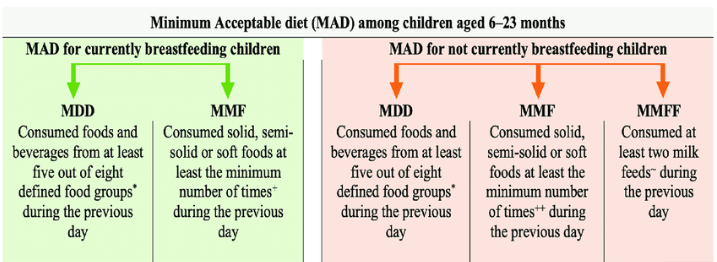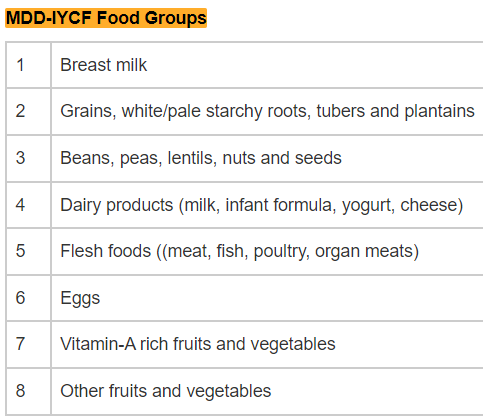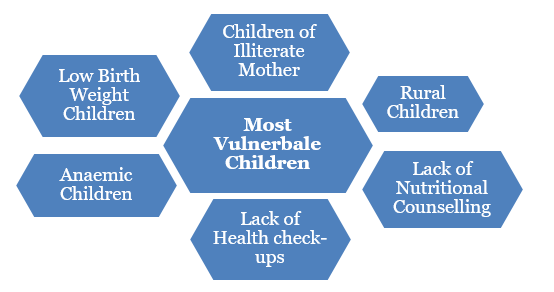7667766266
enquiry@shankarias.in
A recent study finds that, India’s central region showing the highest prevalence of minimum dietary failure.
|
Impact factors of Malnutrition |
|




The POSHAN Maah thematic celebration on POSHAN Vatikas captures the importance of diversity in diets. Promoting MDD helps in preventing malnutrition and improving the health and development of children.
References
xielili588 5 months
Great article! It's challenging sometimes to get picky eaters to try new things. Any tips on how to introduce new foods in a fun way without making mealtime a battle? Especially for vegetables! Finally, recommend a stress-relieving Drift Boss game.